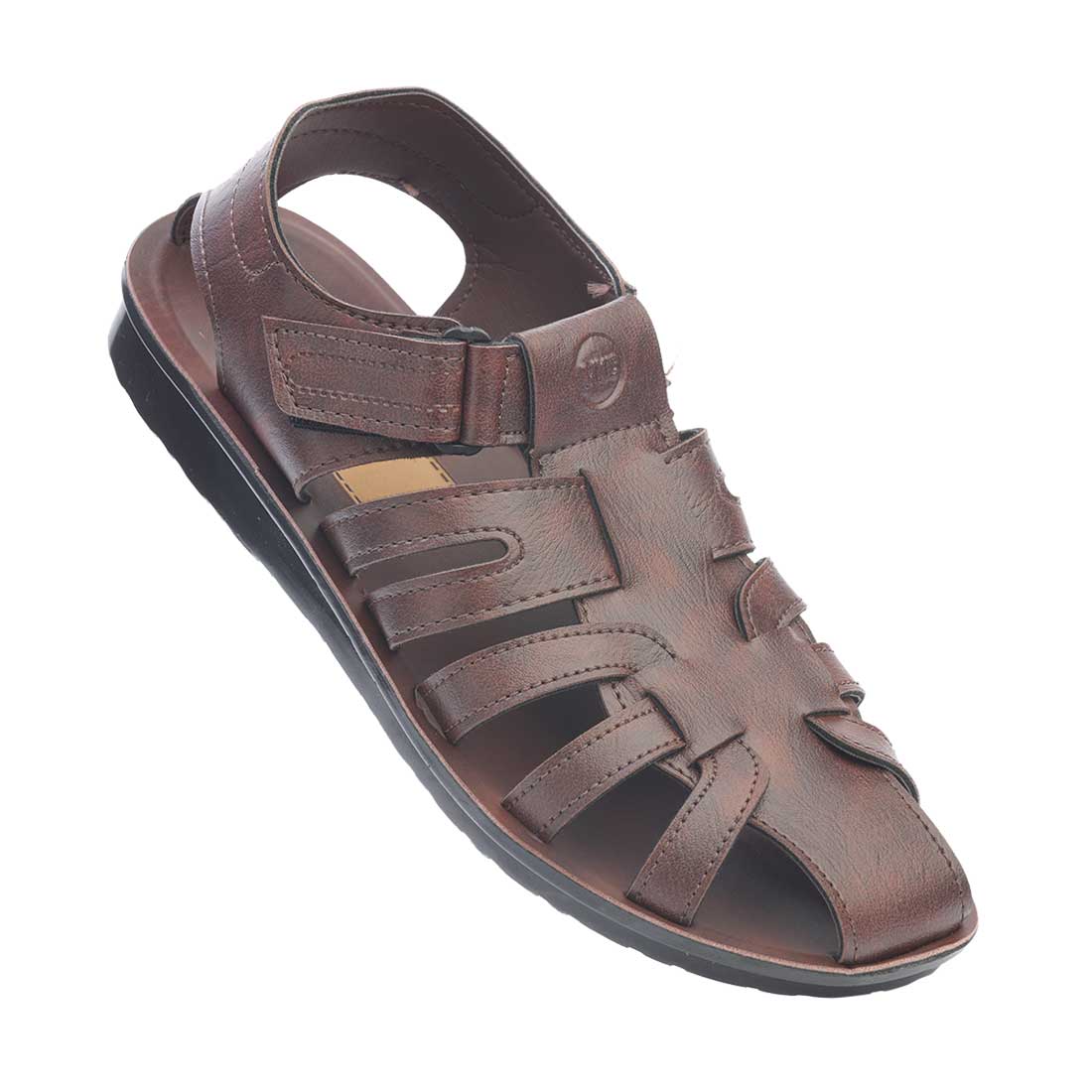Twintip vs. Directional Kitesurfing: Which Type of Board is Right for You?
Twintip and directional kitesurfing are two of the most popular types of kitesurfing. Both have their own advantages and disadvantages, so it's important to choose the right type of board for your needs.
Twintip kitesurfing
Twintip kiteboards are versatile and can be used for a variety of activities, including freestyle, wave riding, and wakeboarding. They are also relatively easy to learn on, making them a good choice for beginners.
However, twintip kiteboards can be less stable than directional boards, especially in choppy water. They can also be more difficult to control when jumping, as you have to make sure that both feet are on the board when you land.
Directional kitesurfing
Directional kiteboards are designed for wave riding and upwind riding. They are more stable and easier to control than twintip boards, making them a good choice for experienced riders.
However, directional boards can be more difficult to learn on, as you have to learn to ride in one direction. They can also be less versatile than twintip boards, as they are not as good for freestyle or wakeboarding.
Which type of board is right for you?
If you are a beginner, a twintip kiteboard is a good choice. They are easy to learn on and can be used for a variety of activities. Once you have mastered the basics, you can then decide if you want to switch to a directional board.
If you are an experienced rider, a directional kiteboard is a good choice. They are more stable and easier to control than twintip boards, making them a good choice for wave riding and upwind riding.
Ultimately, the best type of board for you depends on your individual needs and preferences. Try out different types of boards and see what feels best for you.
Here are some additional tips for choosing the right kitesurfing board:
- Consider your weight and skill level. Heavier riders need a board with more volume, while lighter riders can get away with a smaller board.
- Think about the type of riding you want to do. If you want to do freestyle, you'll need a board with more flexibility. If you want to do wave riding, you'll need a board with more stability.
- Get advice from a qualified kitesurfing instructor. They can help you choose the right board for your needs.

